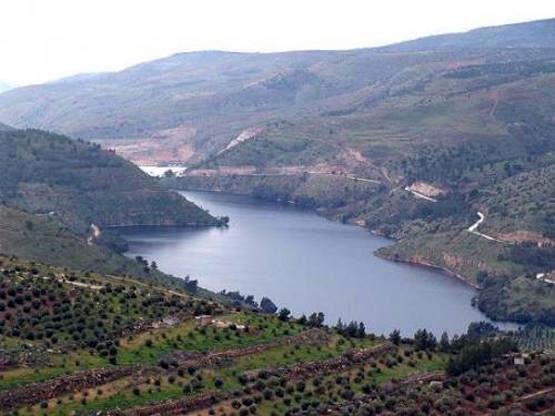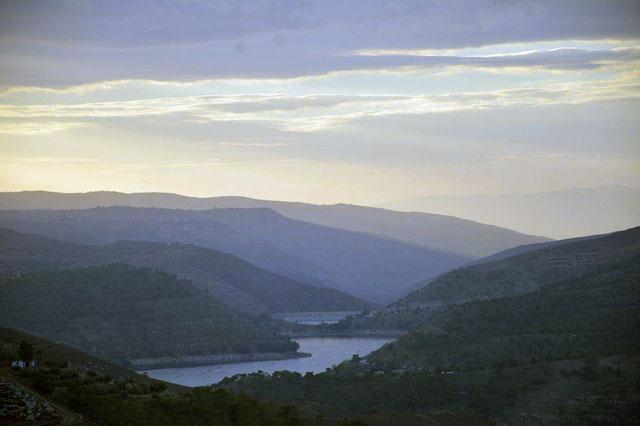You are here
Last 50 days of winter, ‘khamsiniyeh’, begin
By JT - Jan 31,2016 - Last updated at Jan 31,2016
AMMAN — The Kingdom on Sunday entered the last 50 days of winter, locally referred to as "khamsiniyeh", according to a Jordan Meteorological Department (JMD) statement.
The name is derived from khamsin — meaning 50 in Arabic — because this weather pattern usually occurs during a 50-day timeframe.
The khamsiniyeh marks the end of "marbaniyeh", the local name given to the coldest 40 days of winter, during which the country witnesses several depressions and cold spells.
The JMD noted that rainfall registered during marbaniyeh, which started on December 22, 2015, was "very high" except in southern areas and the Northern Ghor.
A depression that brought snow and heavy rain to Jordan in January channelled more than 16.5 million cubic metres (mcm) of water into the Kingdom's dams, according to the Water Ministry.
The dams now hold 54.24 per cent (176.52mcm) of their total capacity of 325mcm, Water Ministry Assistant Secretary General Adnan Zu'bi told The Jordan Times late last week.
Rainfall since the start of the season in October constituted 65.1 per cent of the Kingdom's long-term annual average of rainfall of 8 billion cubic metres. The country has received around 5.34 billion cubic metres of rain since the start of the wet season, according to Zu'bi.
During this time last year, the dams held 165mcm, according to the ministry.
During the 2015-2016 marbaniyeh, the country witnessed three weather depressions brought on by polar fronts. The lowest temperature registered was on January 29 in Shobak, standing at -10ºC, the JMD statement said.
Rain during marbaniyeh constitutes 30 per cent of the Kingdom's long-term annual average of rainfall, whereas the rain that falls afterwards constitutes 46 per cent, the JMD statement said.
The weather during khamsiniyeh is usually slightly warmer, temperatures increase by 1-2ºC, with rainfall expected, according to the JMD.
Related Articles
AMMAN — Saturday marked the winter solstice in the northern hemisphere and the start of marbaniyeh in Jordan, the 40 coldest days of winter,
AMMAN — The country's 15 major dams now hold third of their total storage capacity of 336.4 million cubic metres (mcm), Water Ministry offic
AMMAN — The current dearth of rain is taking its toll on the Kingdom’s main dams, according to a government official, who said that storage


















